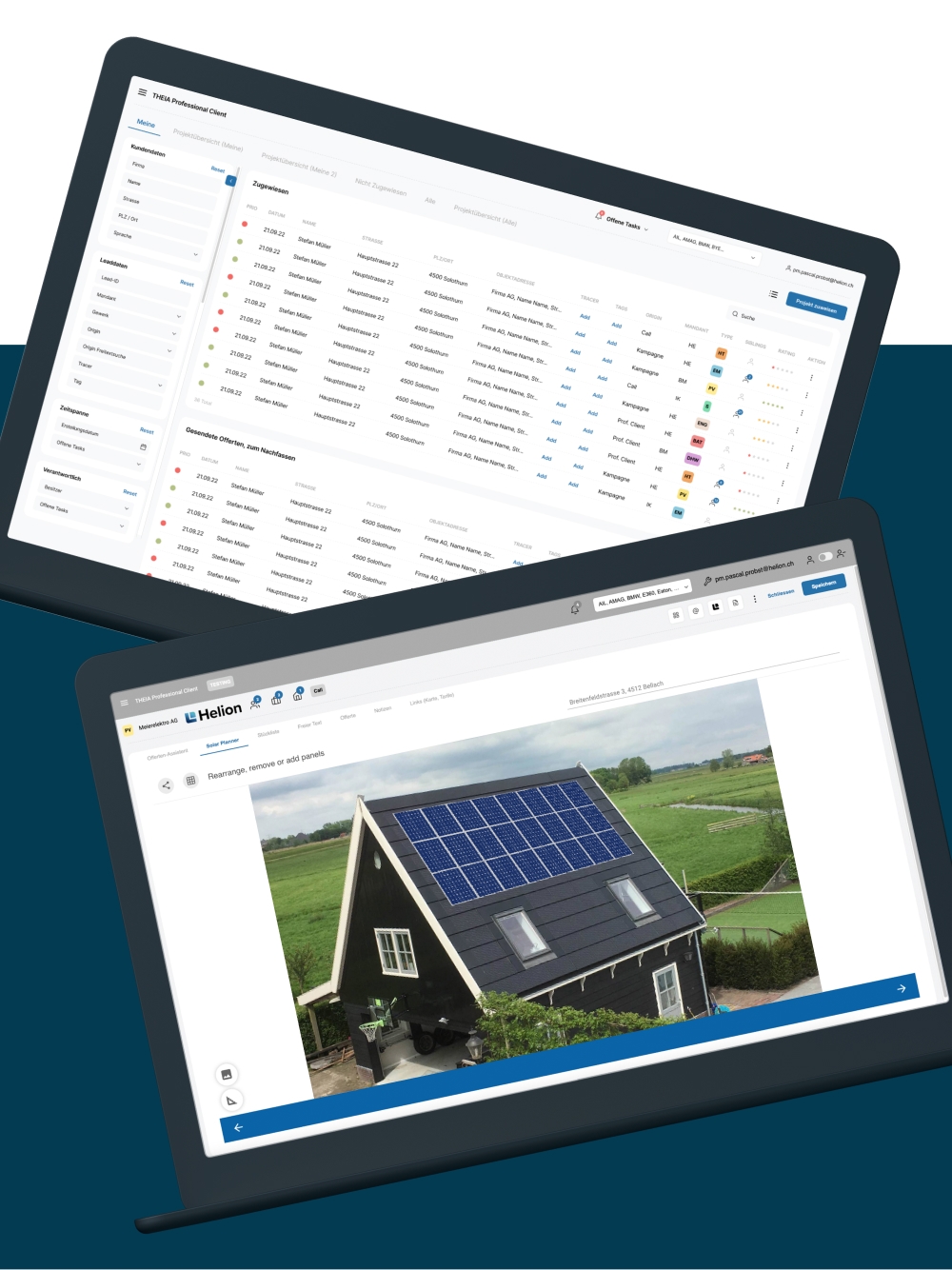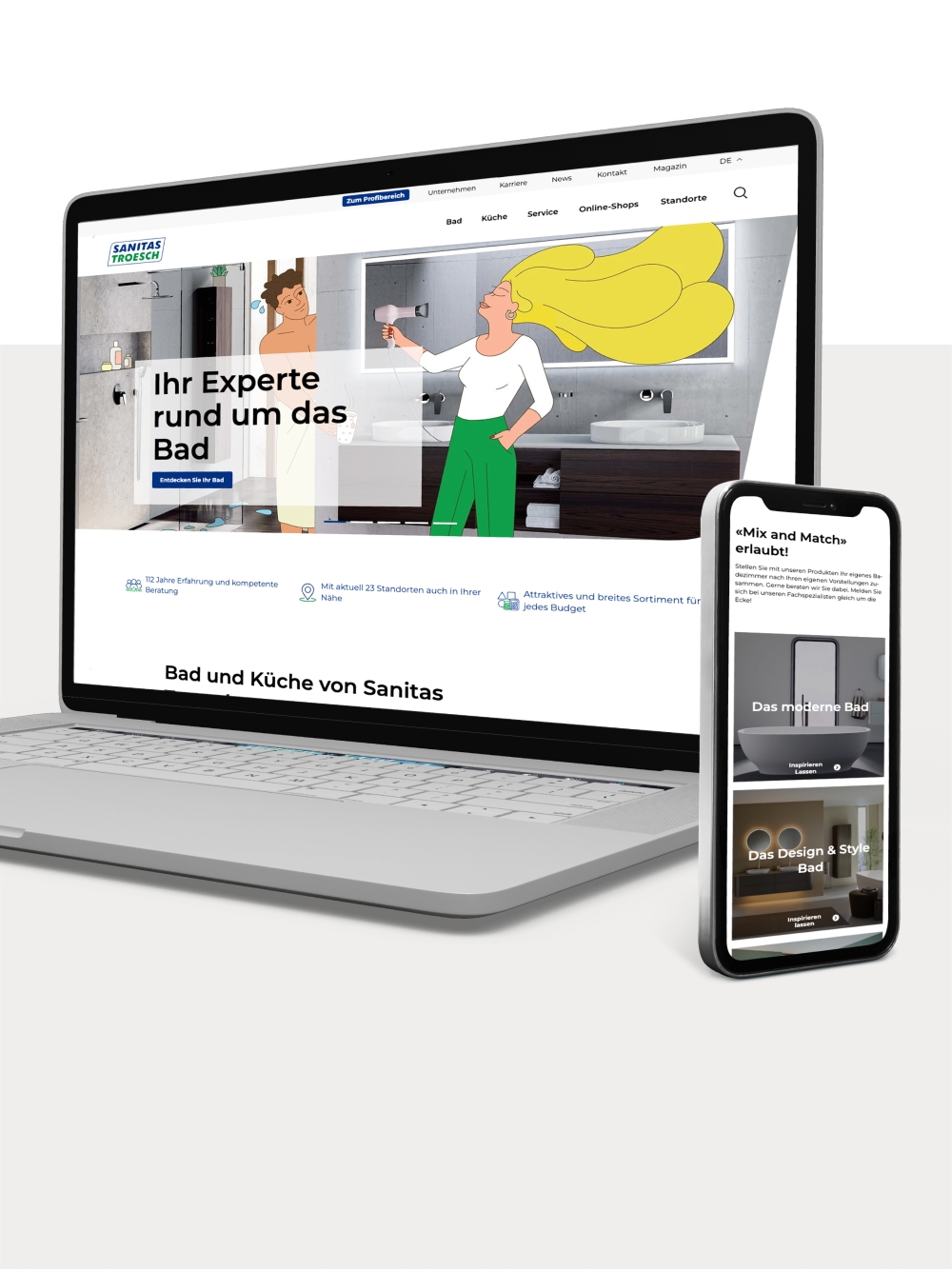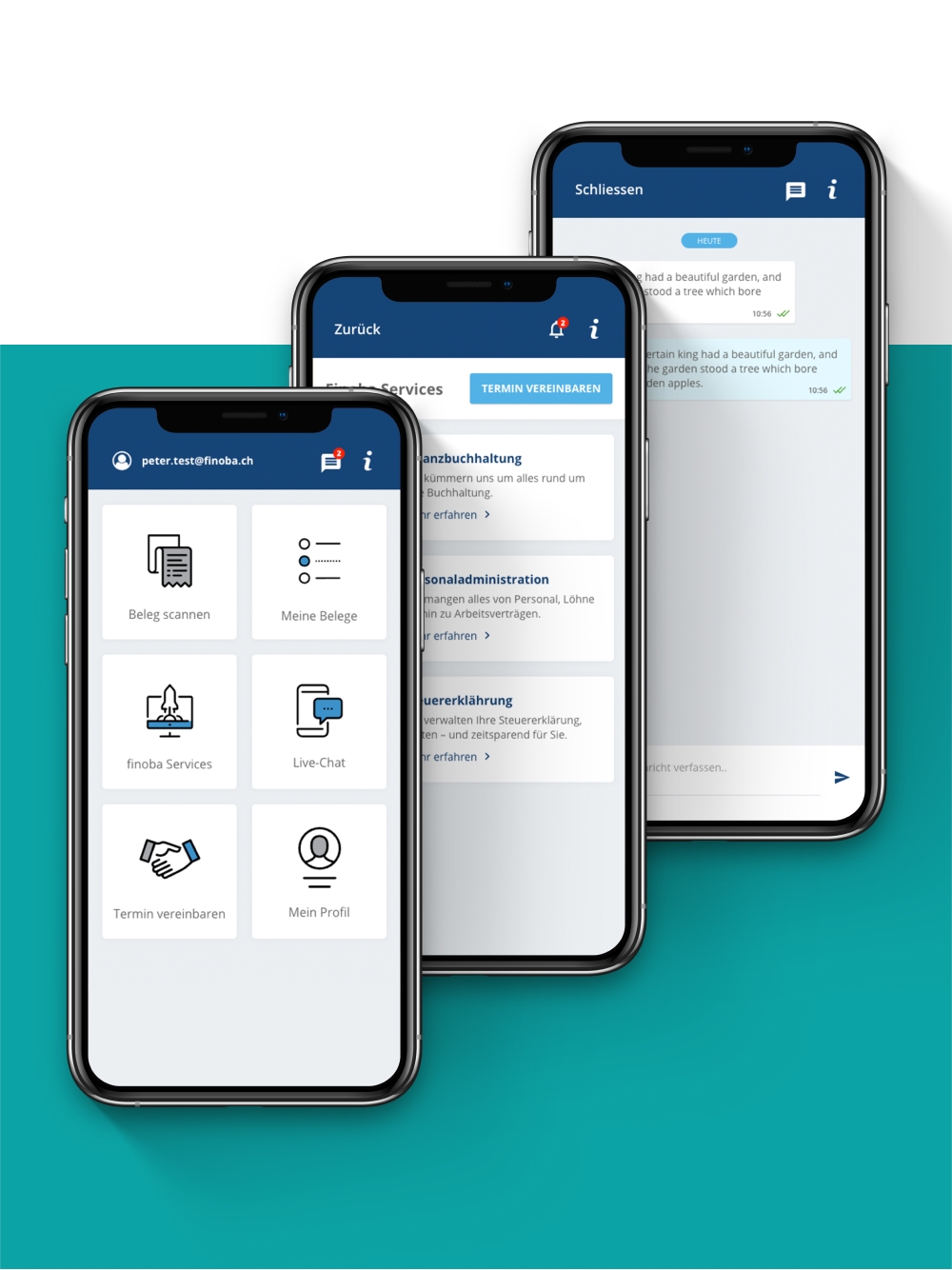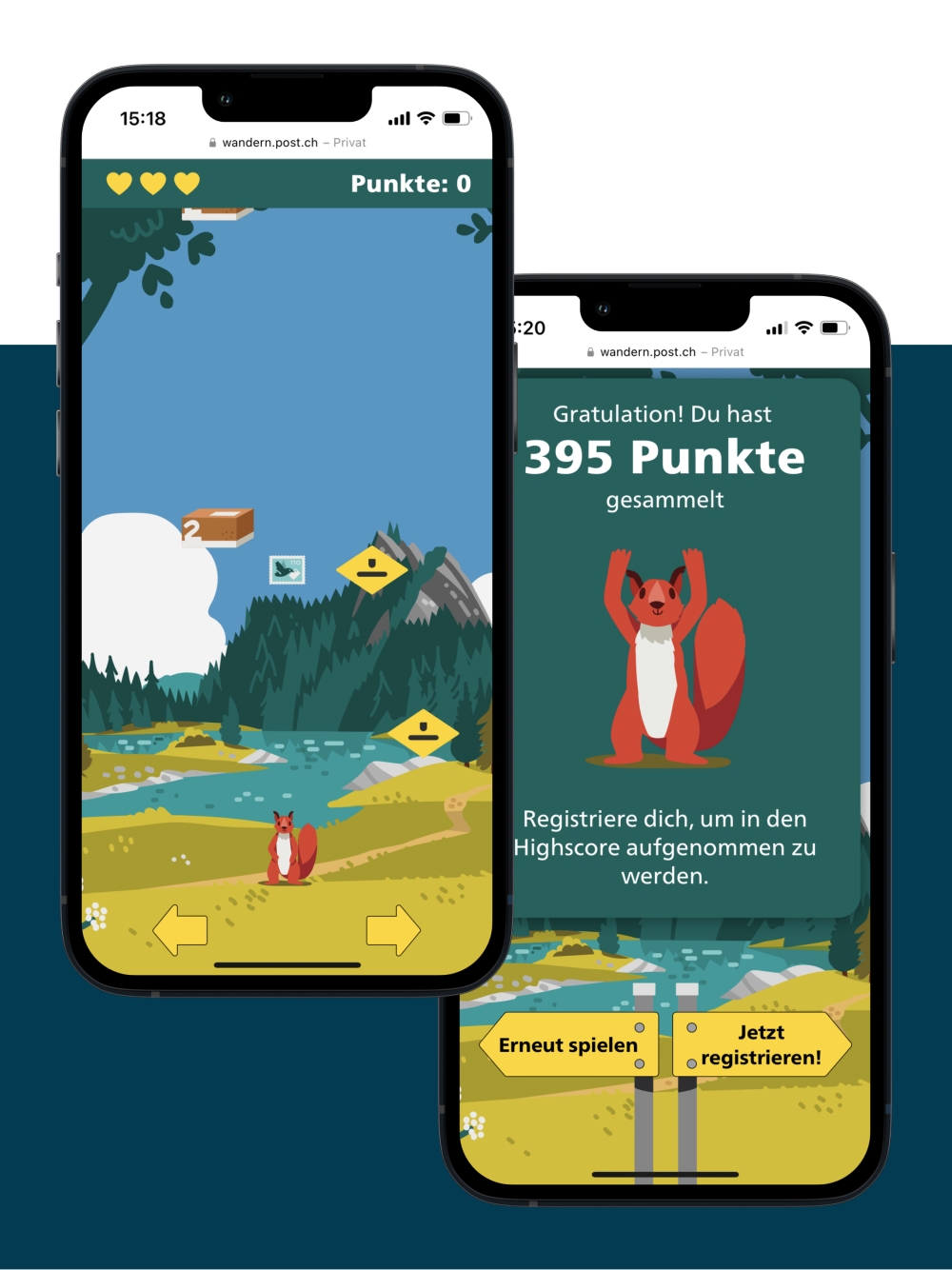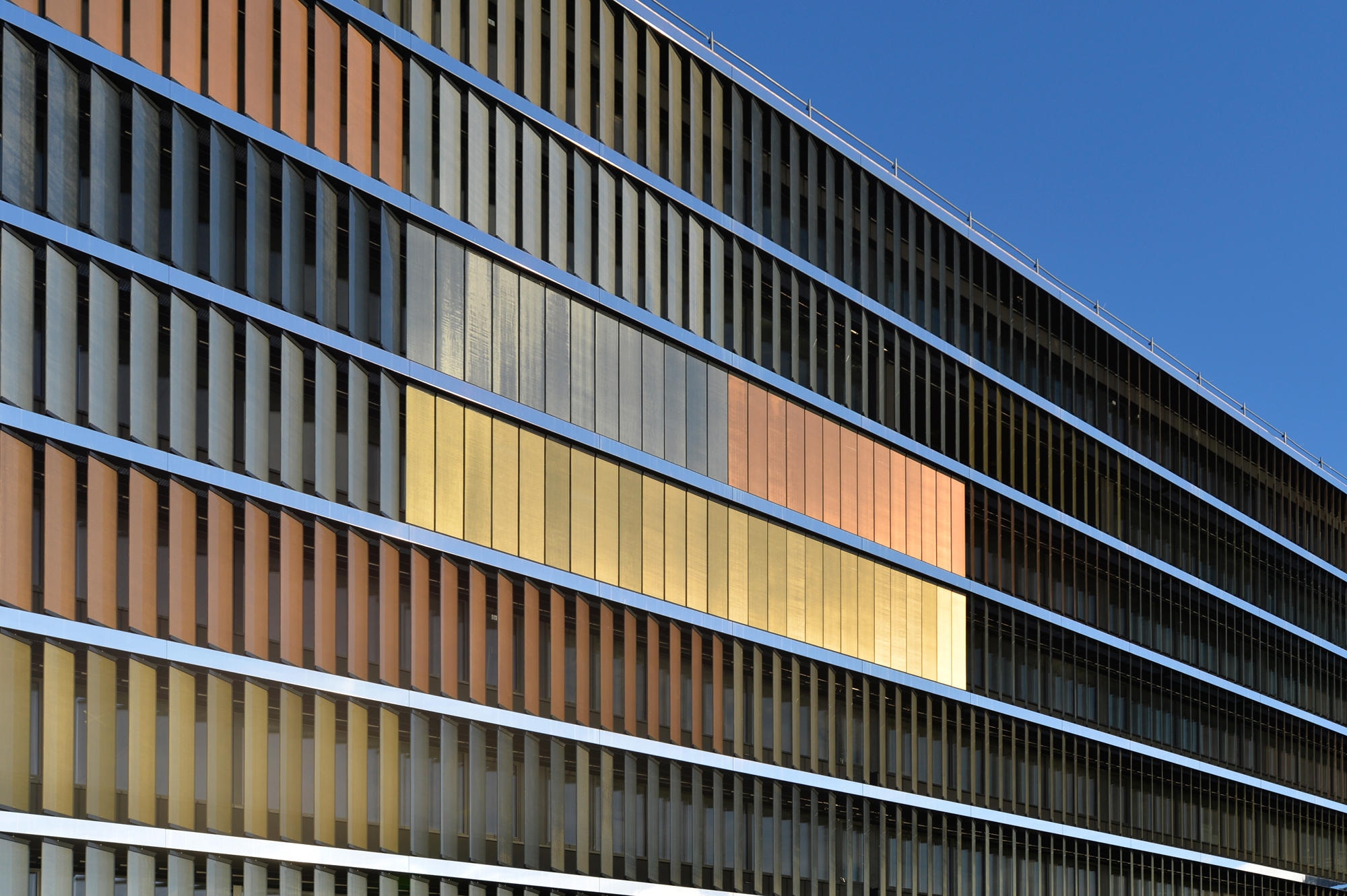
Digital Workplace for 2'800 employees in 26 countries
A modular and scalable intranet
Customer
Sefar
www.sefar.com
Technologies
Microservice Architecture
Single Sign On (SSO)
Drupal Headless, Widen DAM, Solr Search, Rexx HR
Disciplines
Strategy & Consulting
Software Development
Web Application
More efficient communication and collaboration thanks to individual intranet solution
EFAR needed a customized intranet solution to ensure smooth and efficient cross-border communication and collaboration among around 2'800 employees in 26 countries.
A leap into the future of internal collaboration at SEFAR AG
SEFAR AG, a leading manufacturer of precision meshes for filtration and separation in various industrial sectors, was faced with the challenge of taking its internal communication and collaboration to a new level. With 2,800 employees in 26 countries, the company needed a modern and efficient intranet to improve global networking and facilitate collaboration. Sitewerk was able to realize this with the modular and flexible headless CMS Drupal and a scalable and cloud-capable microservice architecture.
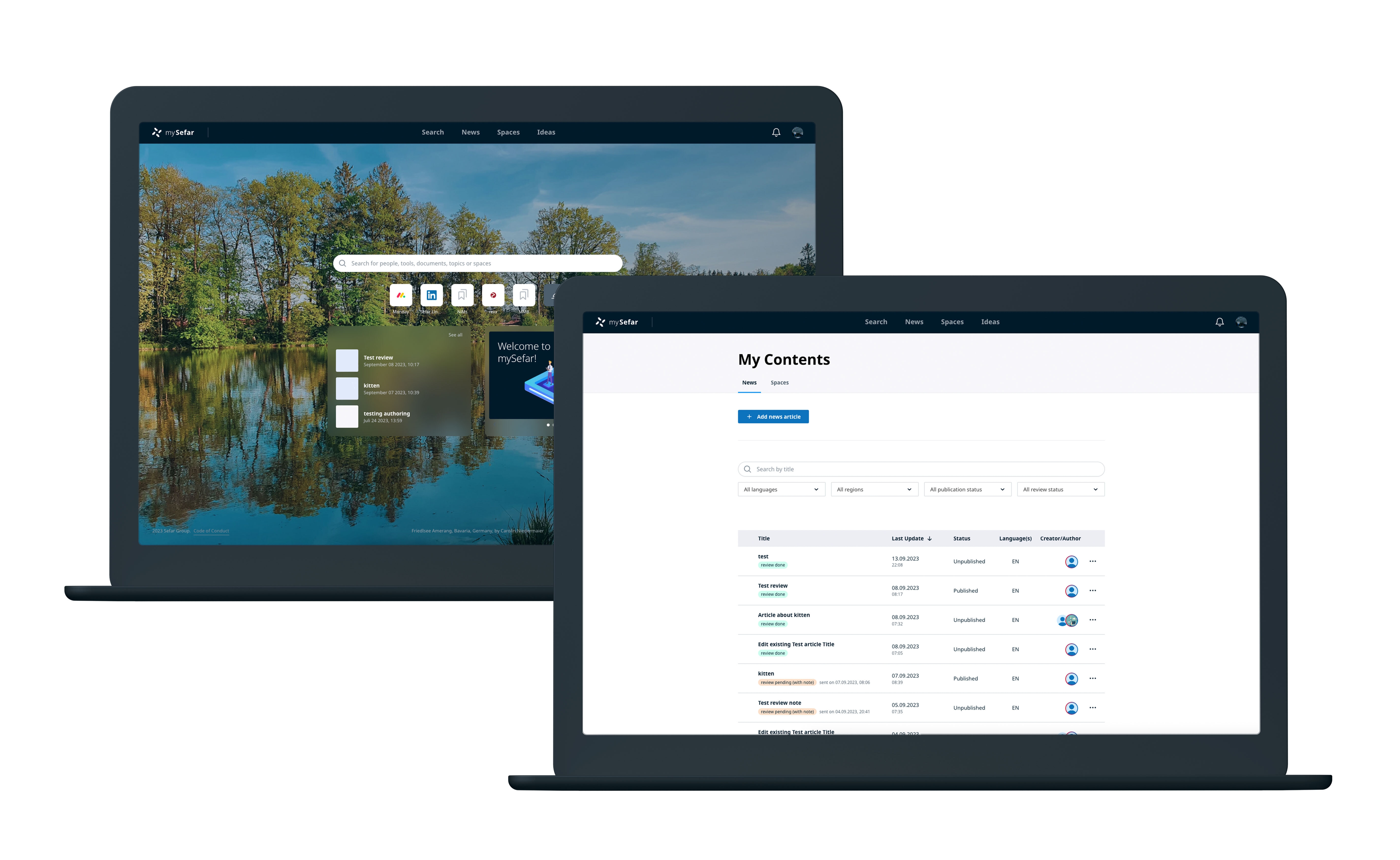
The UX/UI design for the intranet was created by our partner Gold Interactive and programmed by our developers. It offers the following functions, among others:
Overview of the main functions
- Personal start area, which can be customized (display of task lists, subscribed news, notifications, shortlinks (access to various web resources)
- Clear information architecture with the help of categories, spaces, news and ideas
- Extensive search function across all areas and topics (people, tools, documents, topics or spaces)
- Newsroom tailored to the user's preferences (location) with comment function and like buttons
- Ideas portal for sharing customer feedback, suggestions including voting and community features
- Possibility to set subscriptions & notifications
- Personal area for saving helpful articles and data/documents
- Content review and publishing process
- SSO login with 2FA and integration in Active Directory
- Flexible roles and rights system
Multilingualism with AI-supported translations
The linguistic diversity within SEFAR AG was one of the biggest challenges. The content of the new intranet needed to be available in more than 20 languages to enable seamless collaboration across national borders. The project team decided to use artificial intelligence (AI)-based translations to minimize the workload for manual translations. The innovative AI translation solution (deep learning) translates content automatically and in real time, giving employees access to all information in their preferred language.
Scalable microservice architecture from the cloud
In order to cope with the potential increase in the number of users and the growing complexity of the intranet, a scalable microservice architecture was implemented in a cloud. This allows resources to be dynamically adapted to actual requirements and ensures optimum performance. Thanks to this architecture, the intranet can be continuously expanded and thus respond more flexibly to future requirements.
Drupal Headless CMS as a content hub
The choice of content management system (CMS) was another key decision in the project. To ensure a high degree of flexibility and scalability, the project team opted for Drupal as a headless CMS. This architecture made it possible to develop the user interfaces (front end) independently of the content management (back end). This made it possible to easily adapt the intranet to the specific requirements of SEFAR AG and to seamlessly integrate future extensions.
«Sitewerk supports us on the path to digital business models through close, constructive and solution-oriented cooperation.»
Andrea Meyer, Product Owner Sefar AG
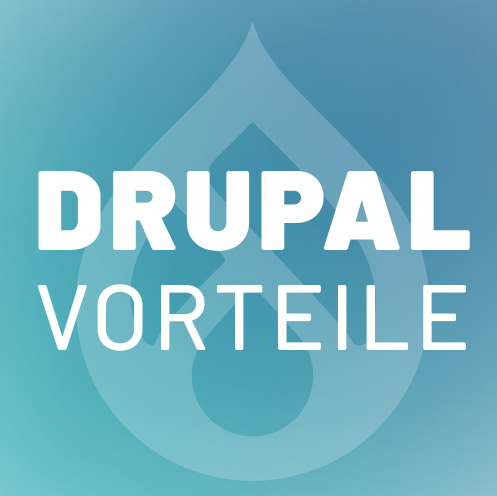
Why Drupal CMS?
A frequently asked question when considering the multitude of solutions available on the market. With an incredible amount of functionalities "out-of-the-box" in the core modules of the open source solution Drupal (CMS, Commerce etc.) and countless third-party modules (40,000+), which are constantly being further developed by the huge Drupal community, Drupal is clearly one of the leading solutions for us.
Interfaces and integrations
- Azure Single Sign On (SSO)
- User registration linked to the HR platform REXX
- Integration of Acquia DAM (Digital Asset Management)
- Active search with the open source SOLR search engine (AI based)
- Integration of the Twilio cloud communication platform as a notification system
- Automated translation processes via various providers: Deepl, Google, Microsoft
Outlook for the future
In addition to the development of this individual intranet, further digitalization initiatives are planned.
A UI component library was created to ensure the most uniform user experience possible across all channels and efficient use of the code already created. This is based on the Sefar Design System, which was developed by our partner Gold Interactive.
What is a design system?
Companies create a systematic collection of design guidelines, components and resources to ensure a consistent and recognizable design across their products, services and applications. It is an important part of branding and user interface (UI) design and serves to ensure visual and functional coherence across different platforms and products/applications.
The advantages of a design system
Consistency
It helps to ensure a consistent look and feel and a consistent user experience across different products and platforms.
Efficiency
Reusing design components and guidelines saves time and resources in the development and design of products.
Brand Identity
It helps to integrate the brand identity and values into the design and ensure that the design conveys the desired messages.
Cooperation
A design system promotes collaboration between designers, developers and other teams by providing clear guidelines and resources.
The Sefar Design System was developed according to the Atomic Design Method. This is based on the concept of atoms, molecules, organisms, templates and pages to organize the design of UI components and structures. The advantage of the Atomic Design Method lies in its ability to divide the design into smaller, reusable building blocks, thus improving efficiency, consistency and flexibility in UI development.
